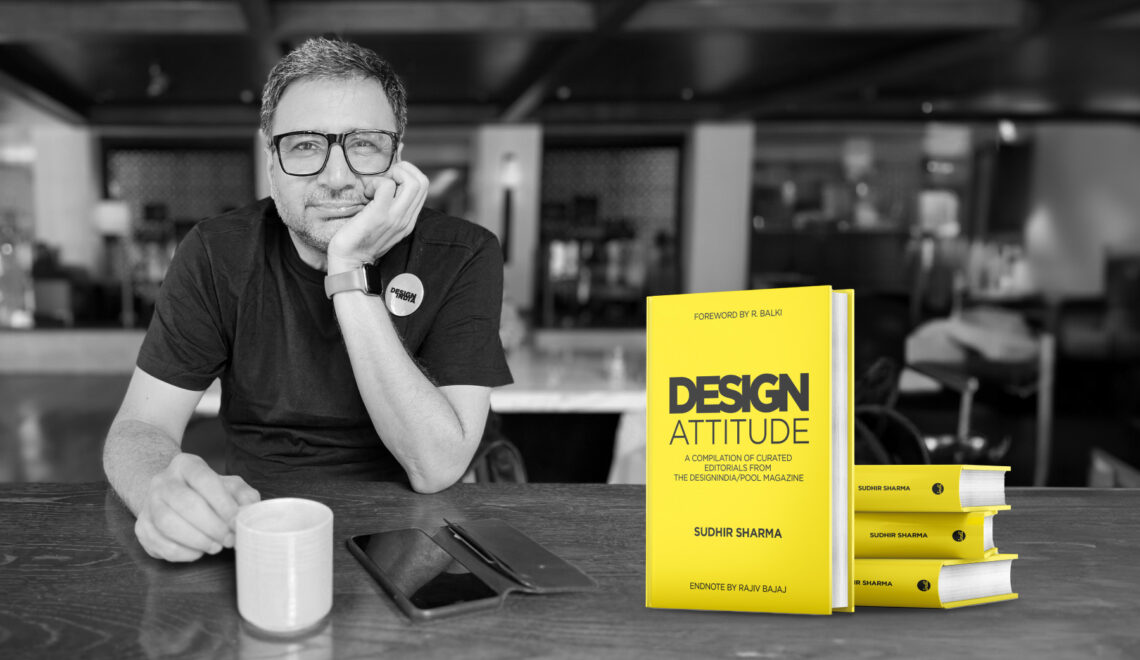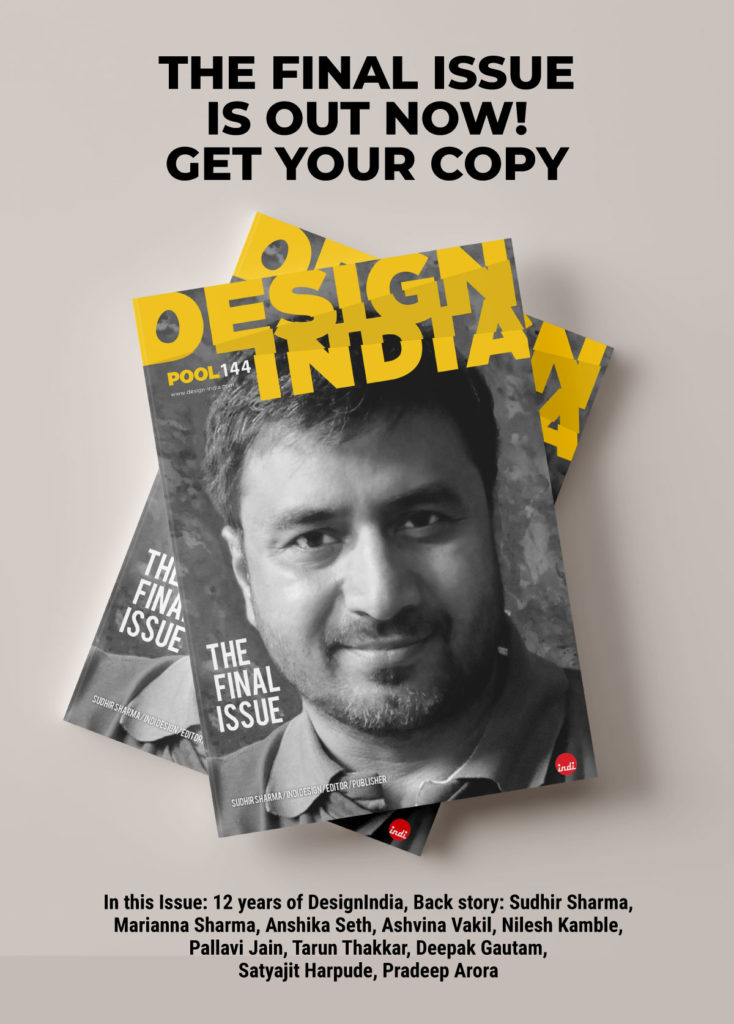We know that industry engages in mass production and businesses solve mass issues; they address a mass audience, and want their brand to talk to more people. The purpose of business is to make a profit and make more of it, and for this they need to sell to more people. That’s what we mean by mass. Industry amplifies brand communication and messaging, and reaches out to more and more customers – in this process, it lands up diluting the product or service to appeal to more people. This creates what I call a ‘hollow brand’. Most mass brands land up being hollow brands. Though they use brand terms, they don’t mean them.
This is not restricted to consumer companies; it happens even in B2B companies. You may have noticed how many companies articulate their brand values and company culture, which sound just like those of other companies, and do not relate to their work or output in any way. Words like Quality, Innovation, and Trust are hollow; even customers don’t heed these anymore. Companies use them because everyone else is using them. At one time, this would have meant something and made a difference to the business. Not anymore.
These are the hallmarks of hollow brands – businesses that think they are brands, but in reality they exist as commodities and survive because of lower prices.
This is where a good design company can turn them around. Suppliers, traders, IT companies, and so many others could begin by recognizing their hollow brands and then seek help from professionals. Filling up a hollow brand would get them better recognition and better prices; they would become purposeful and add more value to society and the economy.
Sudhir Sharma, Editor-in-Chief
Read FREE digital version of Designindia 122 on Magzter, AppStore or Google Play!


















